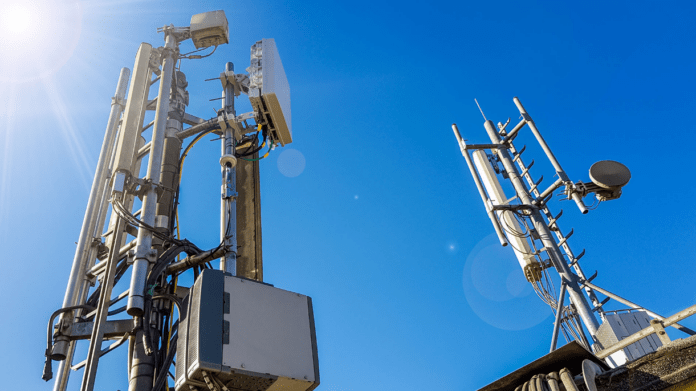Next-generation wireless networks powered by highly anticipated 5G technology will offer greater data rates and lower latency. Additionally, new use cases for self-driving cars, augmented reality, and virtual reality using 5G signal booster antenna are anticipated for both consumers and companies.
These are the main applications for 5G antennas:
Mission Critical Communication
Mission-critical communications, such as those utilized by first responders and public safety teams, such as fire departments and police departments, will be supported by the 5G network. Faster data transmission rates and more bandwidth will be made available by the next-generation network, which is necessary for the communication of information between dispatch centers and first responders. In order to respond to large-scale catastrophes like fires, floods, and earthquakes, this technology is also essential.
Enhancing Mobile Brand
Customers will enjoy a better mobile brand experience because to the 5G network’s faster downloads and improved connectivity. Additionally, it will enable operators to provide brand-new services that are not feasible on present networks, like real-time video conferencing, virtual reality gaming, and augmented reality shopping. High throughput speeds are necessary for these applications to operate correctly, which 5G can provide.
Massive IoT
The phrase “Massive IoT” is used to refer to the growing number of devices that will be online. As technology advances, an increasing number of devices connect to the internet, which increases data traffic. The 5G network, which offers faster bandwidth speeds than earlier generations of wireless networks, will aid in managing this surge in traffic.
Autonomous Vehicles
The introduction of driverless vehicles will rely heavily on the 5G network. A range of sensors are used by autonomous cars to gather information about their surroundings. These sensors provide information to a computer, which then decides how to navigate fast and safely. Similar data-intensive environments will be supported by 5G networks, allowing for real-time communication between vehicles and infrastructure.
Virtual Reality (VR) and Augmented Reality (AR)
The seamless interaction between AR/VR applications and their surroundings will be made possible by 5G connectivity. Faster image and video transfer from smartphones to headsets as well as from headsets to smartphones will be possible thanks to 5G networks for sharing reasons. Users can interact with virtual items in real time without experiencing any latency because to the greater immersion experience it offers.
Industrial and Drone IOT Applications
In IoT applications, such as drones, 5G will offer significant advantages over 4G. Because of the anticipated much lower latency than current wireless standards, 5G networks are predicted to feature. Because of the low latency, drones can be controlled instantly rather than having to wait for a response after delivering an order. This will make it simpler to operate drones indoors (like in warehouses), where GPS signals might not be available and radio signals may be interfered with by objects like buildings.
Conclusion
The most recent iteration of 4G LTE technology is 5G. As with any new technology, it’s likely that there’ll be more questions raised than answered in the time between now and its widespread adoption. The key question here will be how 5G affects everyday lives, and it’s anyone guess what sorts of ramifications 5G will have. It could ultimately prove a boon to society or a liability, but with the many uses already being proposed, there seems to be nothing preventing 5G from reaching widespread use.





